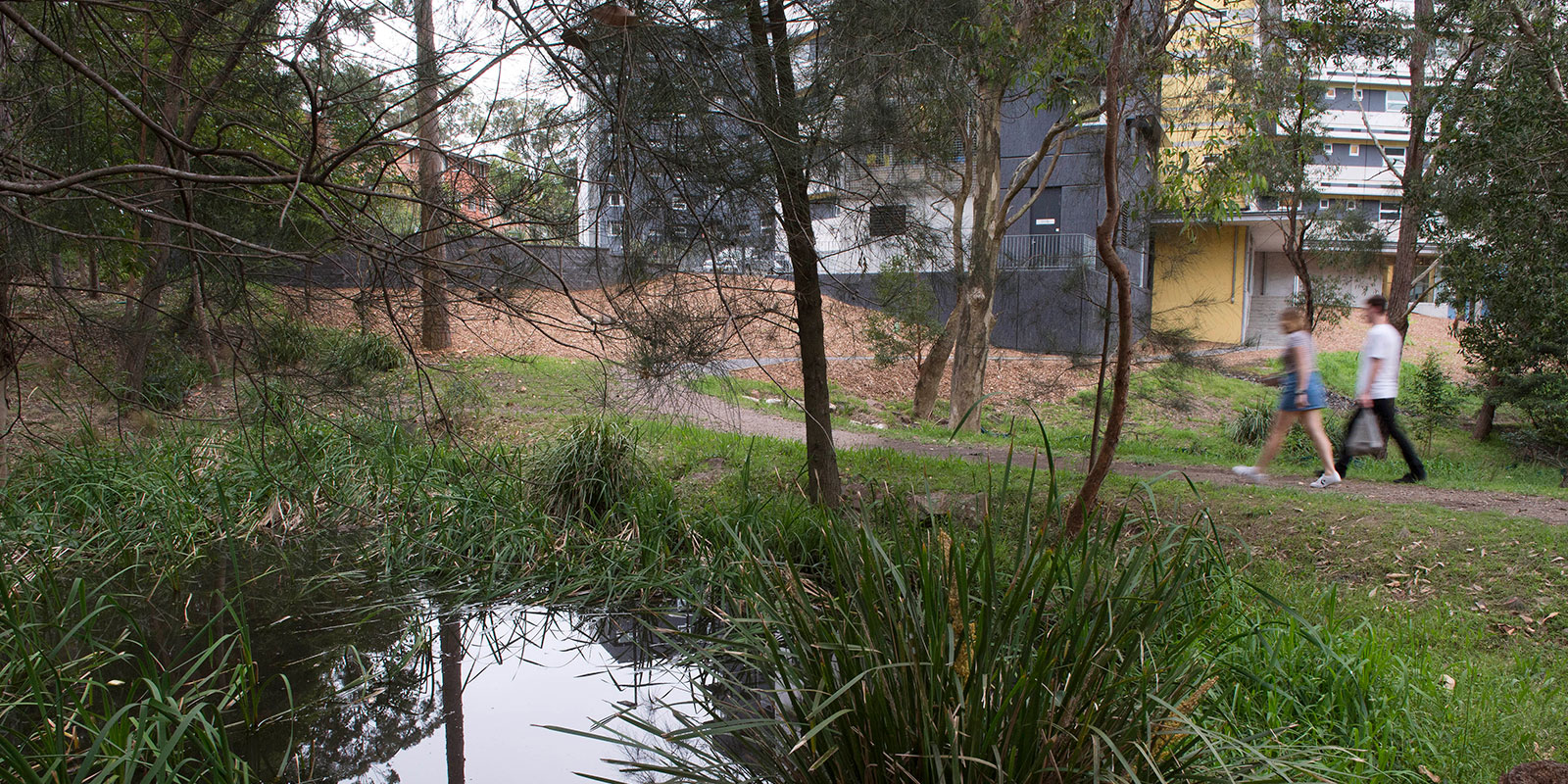

Goal 15:
Life on Land
Monitoring IUCN and Other Conservation Species
The University of Newcastle explicitly incorporates the identification, monitoring, and protection of threatened species into its campus management plans and policies, particularly at Callaghan Campus.
- In the Environmental Sustainability Policy, it lists in clause 13 that we will: integrate Indigenous knowledge into the management of our bushland campuses; proactively prepare for bushfires; continue to plan to protect and conserve the biodiversity of the native flora and fauna on our campuses; and continue to plan to protect and conserve the wetlands and aquatic ecosystems upon which we operate. This policy was effective from the 8th of December 2022 and will be reviewed in December 2025.
- In Section 9 of the Callaghan Landscape Management Implementation Plan (starting pp 41+), the University documents the flora and fauna found on campus, including four endangered species, and notes that a further thirteen threatened species may occur on campus due to the presence of suitable habitat.
- The Plan also recognises that up to 25 migratory bird species may frequent the campus because of its proximity to the nationally significant Hunter Estuary wetlands.
- The Callaghan plan prescribes action plans to protect and restore habitat, including monitoring, habitat enhancement, connectivity, weed control, and restrictions on development in sensitive zones.
- The University also supports tree management procedures that require impact assessment and compensatory work when pruning or removal is proposed.
- Further, the University's Biodiversity & Landscaping goals commit to active management and restoration of remnant bushland, wetland, and forest areas, recognising the presence of threatened and migratory species such as Powerful Owl, Little Eagle, and Grey‑headed Flying‑fox among others.
These policies and implementation measures demonstrate a formal and ongoing commitment by the University to safeguard species of conservation concern in the areas impacted by its operations.

Country-guided practices
Acknowledging Country through an Indigenous lens in the built environment
The University of Newcastle acknowledges the traditional custodians of the lands within our footprint areas: Awabakal, Darkinjung, Biripai, Worimi, Wonnarua, and Eora Nations. We also pay respect to the wisdom of our Elders past and present.